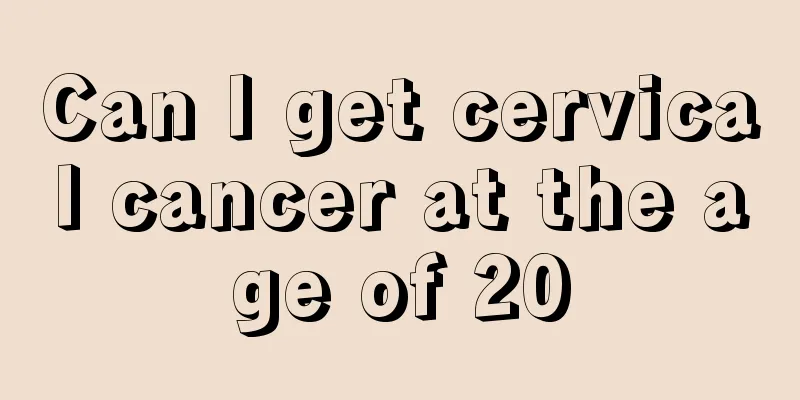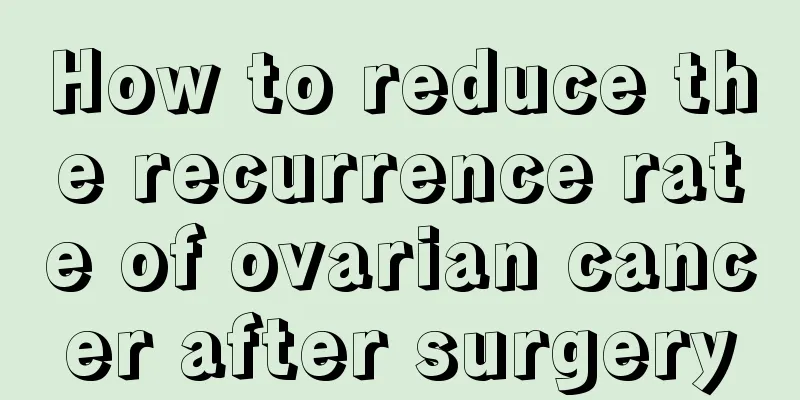How many days after menstruation is it easiest to get pregnant?

|
Pregnancy is a very important thing for female friends, but many women are not yet prepared for pregnancy, so sometimes they are afraid of pregnancy. Then the safe period becomes a method of contraception for many women, but sometimes pregnancy occurs. So how many days after menstruation is it easiest to get pregnant? This issue is very important for female friends who do not want to get pregnant. Therefore, each woman's physical condition is different, so specific problems need to be analyzed specifically. A woman's ovulation date is generally about 14 days before the next menstrual period. After the egg is released from the ovary, it can survive in the fallopian tube for 1-2 days, waiting for fertilization; the male's sperm can maintain its fertilization ability in the female's reproductive tract for 2-3 days, so it is easy to get pregnant through sexual intercourse a few days before and after the egg is released. To be on the safe side, we call the 5 days before and 4 days after ovulation, together with the ovulation day, a total of 10 days, the ovulation period. Because it is easy to get pregnant through sexual intercourse during the ovulation period, the ovulation period is also called the fertile period or the dangerous period. The safe period is divided into the safe period before ovulation and the safe period after ovulation. The period from the end of menstruation to the day before ovulation is the safe period before ovulation. From the first day after the end of ovulation to the day before the next menstrual cramps is the safe period after ovulation. The safe period after ovulation is safer than the safe period before ovulation. This is because some women sometimes affected by environmental changes and mood swings affect the advance of the ovulation, so before the safe period ovulation will be shortened, but did not know their own, so before the safety period ovulation is not safe. The opportunity that the ovary has row two eggs in a menstrual cycle is very rare, that is, after ovulation to the next menstrual cramps before this period of time usually won't happen again the second time of ovulation, so the safety period after ovulation is relatively safe. The key to using safe period contraception is to determine the female ovulation date. When the ovaries ovulate, there is generally no special feeling. Even though some women may have symptoms such as lower abdominal pain, back pain, breast swelling and mood changes, these phenomena are not specific symptoms of ovulation and therefore cannot be used as a basis for ovulation. Menstruation and ovulation change cyclically, and there is a close relationship between the two. If you understand the changing patterns of the two, you can use indirect methods to determine the ovulation date. From the above content, we know that it is easiest to get pregnant by having sex a few days after menstruation. So, as female friends, we must pay attention to our physical health. Don’t think that you won’t get pregnant during the safe period. In addition, menstruation every month has a great impact on women’s physical condition. You must pay attention to hygiene and health during menstruation. Women’s mood fluctuations are also very critical. |
<<: How to treat acute periodontitis?
>>: What are the symptoms of poor qi and blood?
Recommend
Is laryngeal cancer hereditary in the family?
There is no clear research report on the impact o...
What are the consequences of slapping
Not every parent has enough patience, and childre...
What is the reason for a bulge at the incision during thyroid cancer
Thyroid cancer patients may have bulges at the in...
Can rhinitis be treated with intravenous drip to reduce inflammation?
There are various diseases in people's lives,...
Can viral myocarditis be cured? How to cure it?
Viral myocarditis is an infectious myocarditis ca...
What are the sequelae of a mild concussion? How to treat it?
Concussion is a phenomenon of brain damage caused...
What harm does thrombocytopenia do to the body?
The health of the human body also needs to be wel...
What to do if your toe is bitten by a mosquito
As for summer, although many people like this sea...
What are the ways liver disease is transmitted?
Disease is a factor that is difficult to avoid in...
Can natural forehead wrinkles be removed
Wrinkles are a major problem that affects the app...
Will teratoma affect pregnancy
Will teratoma affect pregnancy? Teratoma is not b...
What are the living habits of black scorpions
I believe many people are familiar with scorpions...
Cocktail laser freckle removal
Cocktail is a new type of drink. This drink was i...
How can eye sores be eliminated quickly
Eye sores are thick lumps at the corners of the e...
How to remove the odor in rural toilets?
The rural environment is closer to nature, which ...









